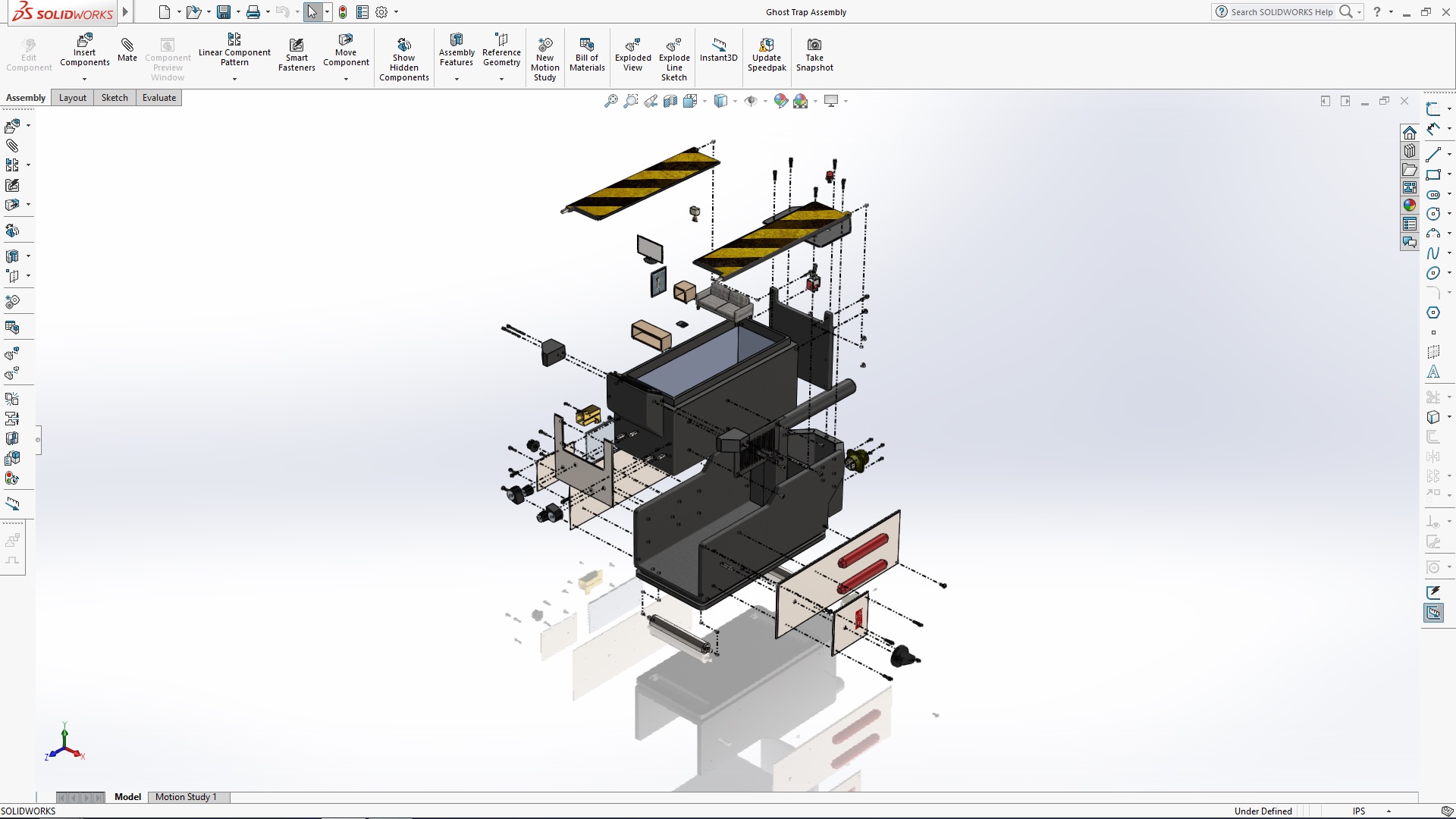

Second, the non‐linear tracking differentiator can guarantee to gain quick convergence speed. First, this ADRC algorithm can obtain better trajectory‐tracking performance due to its non‐linear extended observer and non‐linear feedback mechanism, even if the model suffers a strong disturbance or receives inaccurate information.

In this study, to resolve the problems of slow convergence speed and poor tracking accuracy due to the interference of patient spasms with the trajectory‐tracking control of the upper limb rehabilitation robot, a novel algorithm based on active disturbance rejection control (ADRC) is adopted, and the convergence of its main structure is proved by the time‐domain analysis method. Its main function is to drive the affected limb to carry out rehabilitation training to restore the condition of patients with upper limb dyskinesia, which plays a great role in improving the quality of life. Abstract The upper limb rehabilitation robot technology integrates rehabilitation medicine, human anatomy, mechanics, computer science, robotics, and many other disciplines.


 0 kommentar(er)
0 kommentar(er)
